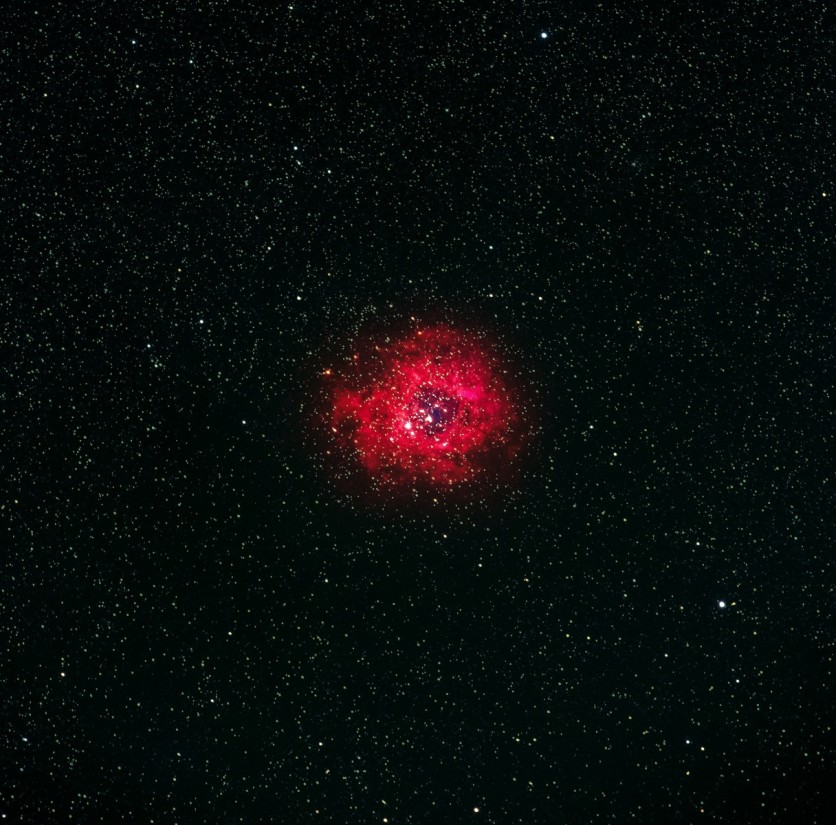Betelgeuse, a prominent star in the constellation Orion, has caught the attention of astronomers due to its unusual brightness. While the cause of this phenomenon remains uncertain, a research team has analyzed Betelgeuse's long-standing variability patterns and proposed a fascinating theory.
According to their findings, Betelgeuse is not only in the carbon-burning stage of its life but is approaching the end of this phase.
If their hypothesis is correct, this red giant could potentially go through subsequent stages of its evolution within a few decades, culminating in a supernova explosion within the lifespan of current generations.
From Betelgeuse to Supernova

Betelgeuse, as a highly evolved red supergiant, is destined to undergo a core-collapse supernova, emitting light comparable in brightness to a full moon.
The biggest debate about the explosion of this star is the timeframe, according to IFL Science. Up to this day, scientists have not figured out the estimated longevity of the event.
Many astronomers grew frustrated in predicting this stage and no one has even come close to proving years for this phenomenon.
The conventional wisdom that every astronomer knows is that it will go supernova for approximately a hundred or a million years.
To smash the doubts about the Betelgeuse explosion, a preprint of a paper submitted to the Monthly Notices of the Royal Astronomical Society suggests contrasting information.
Betelgeuse's Evolution
All stars begin their lives by fusing hydrogen into helium, a process that dominates their existence. As they deplete the hydrogen in their core, they transition to helium burning, while hydrogen fusion may persist in the outer layers.
Subsequently, helium transforms into carbon, followed by a sequence of fusion processes involving neon, sodium, and magnesium, collectively known as carbon burning. It's important to note that carbon burning is distinct from the chemical ignition process associated with oxygen.
Related Article : Betelgeuse Is Getting Oddly Brighter, Prompting Speculations It Is About to Go Supernova
Predicting Betelgeuse's Future
Supernova explosions occur only after successive rounds of neon, oxygen, and silicon fusion. To estimate when Betelgeuse might experience its spectacular finale, it is crucial to determine its current stage. The preprint study, led by Dr. Hideyuki Saio from Tohoku University, suggests that Betelgeuse is not only burning carbon but also beginning to deplete its carbon supply.
Betelgeuse's Pulsation Cycles
Like other stars in the late stages of their lives, Betelgeuse undergoes pulsations, causing it to expand and contract with corresponding changes in brightness.
Astronomers have tracked regular cycles of various durations, such as 185, 230, 420, and 2,200 days, along with other unpredictable fluctuations. The recent significant dimming in 2019-20 resulted from a dust outburst combined with the convergence of several pulsation cycles.
What the Research Paper Says
The research paper challenges the conventional view regarding the radial fundamental mode (RFM), which determines the pulsation period intrinsically linked to the star's radius.
The authors propose that the 2,200-day cycle, rather than the previously believed 420-day cycle, represents the RFM.
If their argument holds, Betelgeuse must be even larger than previously estimated, reaching a size of around 1,300 times the radius of the Sun. Such proportions for a star of its mass would indicate that Betelgeuse is nearing the end of its carbon-burning phase.
Within a few decades from now, Betelgeuse will meet its untimely demise that will happen when the carbon-burning phase comes to a full stop.
The final stages of the red supergiant are challenging to assess because astronomers do not know how much carbon reserves are left in its tank.
The depletion of its components only suggests that its end is drawing near before it goes kaboom.
The research paper "The evolutionary stage of Betelgeuse inferred from its pulsation periods" is accessible on ARXIV.org.

ⓒ 2026 TECHTIMES.com All rights reserved. Do not reproduce without permission.




